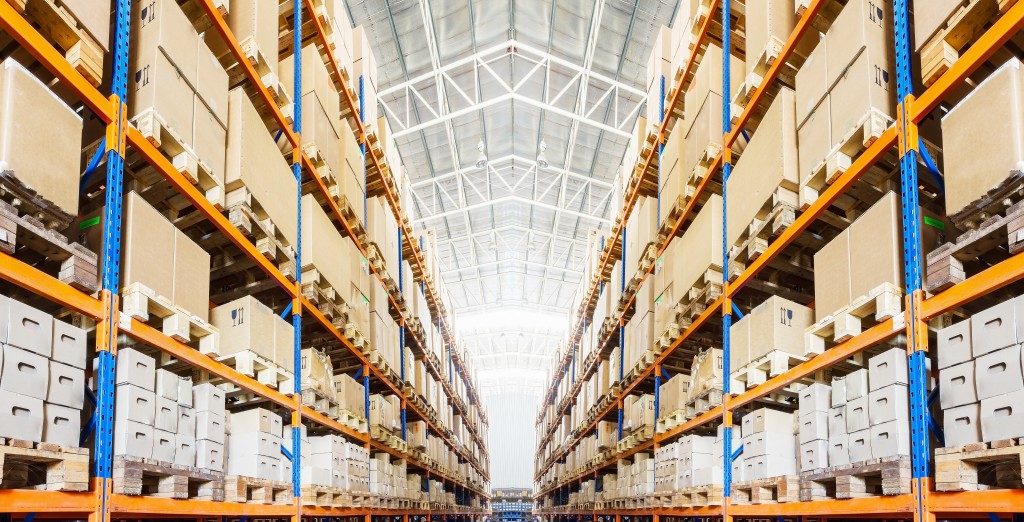Just like in any other workplace, keeping your warehouse organised helps in maintaining an efficient workflow. An organised warehouse enhances the productivity and functionality of your workers. It improves the accuracy of receiving and delivering customer orders.
However, keeping a warehouse organised is easier said than done. We know how busy a warehouse can be and that it is hard not to overlook some problems. That said, keeping your warehouse organised should always be a priority.
Tips on keeping your warehouse organised
- Clearly define the work areas in your warehouse- A typical warehouse will have an office, a receiving area, a storage area, a packing area and a shipping area. Clearly define these areas. Your warehouse will also be much safer if signage is available and visible around the warehouse. With proper signage, workers can avoid walking on the paths dedicated to forklifts and other machinery, and people going to the packing area can wear protective gear beforehand.
- Remove clutter – Keeping your warehouse’s work area clean is essential. As much as possible, keep all work areas free from clutter or spills to avoid trip hazards and other accidents. A messy warehouse also creates the impression that a warehouse is not managed well and does not make a great impression on visiting investors or inspectors.
- Invest in a good racking system – To organise your warehouse, you have to organise your inventories. Place shelves and racks in places that are accessible but do not hinder foot and machine traffic. Consider also the type of shelves and racks you are using. Many warehouses use pallet racking systems designed for heavy-duty materials because they are very durable.
- Consider slotting – Slotting is the process of keeping or storing similar types of items together. Items in your warehouse can be categorised according to their physical size, seasonality, frequency of being picked up, or other characteristics that your items have in common. Sorting the items in your inventory helps reduce the time needed to look for the items and pack them for delivery.
- Label items in your warehouse inventory – Aside from grouping items with similar characteristics, another way of organising your warehouse is by labelling every item you have in your inventory. This will help your workers who may not necessarily know every single product to properly identify it, reducing working time and cutting down on errors.
- Use technology – There are many available technologies that can help you organise your inventories. Invest in a software you can use to sequence order, which will make the delivery process so much easier and more convenient. Automate as many repetitive tasks as you can. Use RFID for a faster inventory check.

- Perform regular maintenance – Regular maintenance is necessary to ensure the efficiency, productivity and safety of the warehouse and everyone working in it. Regularly check the condition of the machines and other equipment used in the warehouse, the condition of your flooring, as well as the status of the inventories and orders. Conduct a pre-work and postwork meetings to address any problems your workers might have.
The responsibility of keeping the warehouse organised not only falls on the management but on everyone working in the warehouse. Little efforts, like workers clearing their clutter after work, will significantly help in keeping the warehouse organised.

